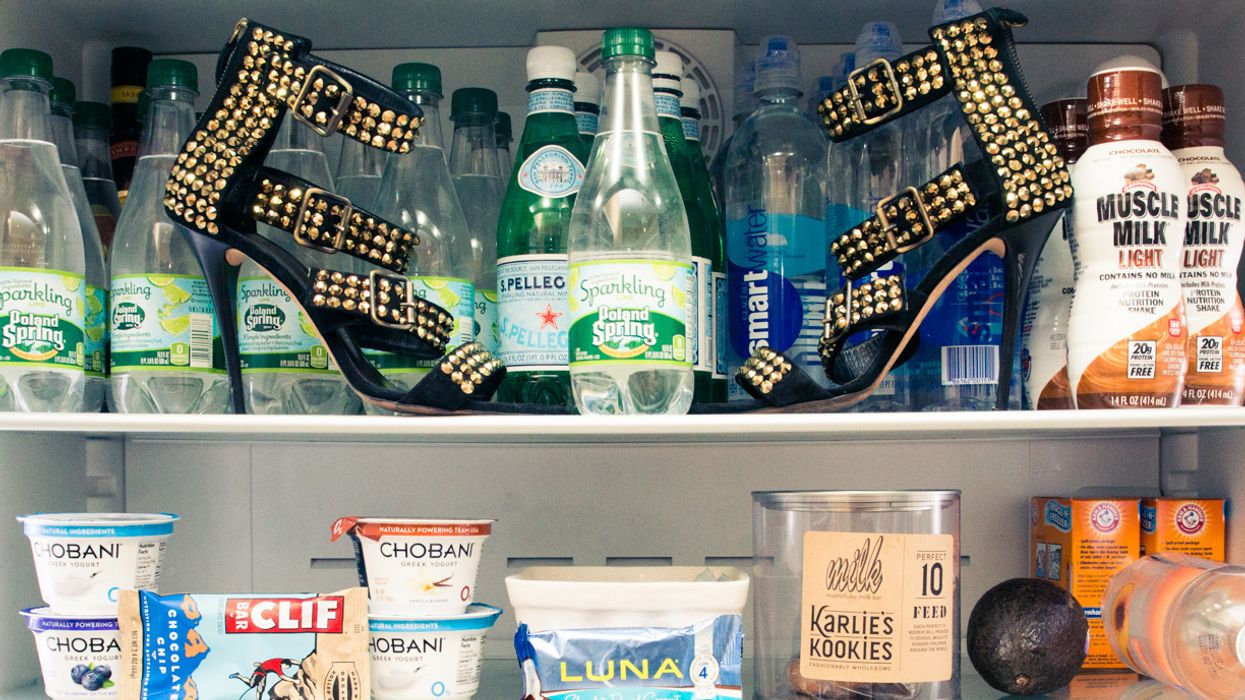Is Your Water Bottle Toxic?
Plastic. BPA-free. Aluminum. Stainless steel. Which is *actually* safe?

As if you needed another thing to freak the fuck out over, now your water is toxic. Well, technically, it’s your water bottle. At this point, you very well should have abandoned one-time use water bottles (right?), if not solely for the fact that they are horrible for the environment, but also because of the chemicals they leak into the liquid inside from sitting in the sun during transport. But with the change of heart towards the convenience store staple, and the influx of refillable options, there has also been an increase of concern over whether the alternatives are in fact safe. So we did a bit of research, and a whole lot of digging, to find out what is actually your best option for filling up on H2O.
WTF is BPA?
...is our first question on this whole thing. Here’s what we found: Bisphenol A, as it’s scientifically known, is a chemical found in hard plastics that has been proven to be an endocrine disruptor, causes cancer, impacts brain cells, and can also result in premature births. A.K.A it’s fucking scary stuff.
BPA-Free Bottles
Next question: are BPA alternatives safe? Short answer: No. New BPA-free hard plastics are still said to leach out toxic chemicals that have the same side effects as the non-free compound. So be wary...
Aluminum bottles
Here’s the thing, aluminum has gotten a pretty bad rap. Technically, aluminum is a natural occurring element and is fine and safe to consume. The problem lies more so in how much aluminum you’re ingesting. So, if you’re the extra cautious type, stick to...
Stainless Steel
...because it’s hands down the best option. Most bottles are food-grade stainless steel, and used in pots and pans. The only caveat, you may taste a teensy bit of metal—which is honestly easy to get used to. And something we would much rather live with than risking consuming toxins.




